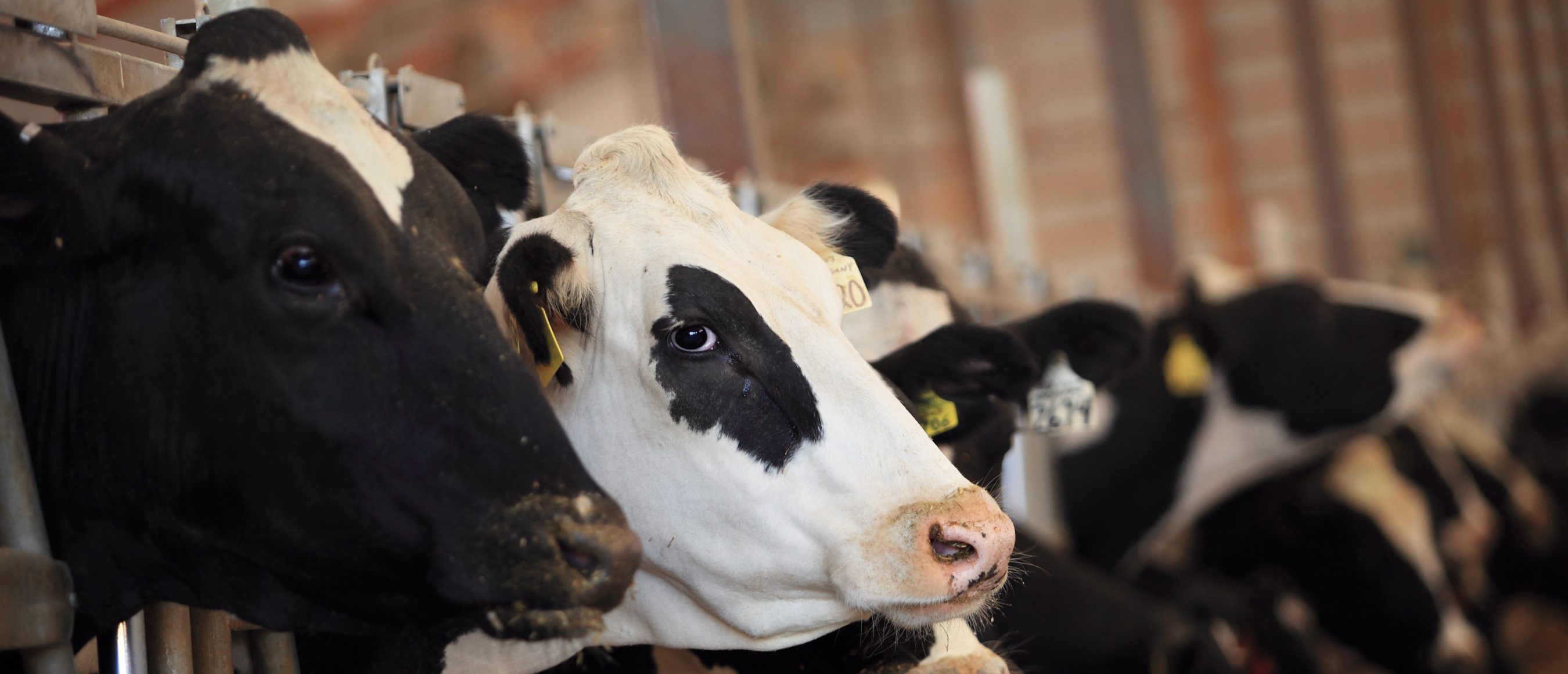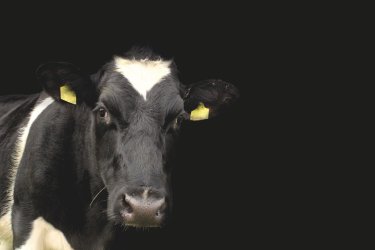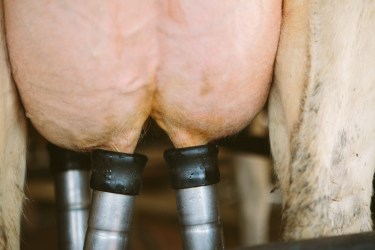By Caroline Groves
While clinical milk fever is generally easy to identify and can be treated, it is very much the tip of the iceberg as significant losses arise from the sub-clinical form.
Like the tip of the iceberg cows clinically affected by milk fever are easy to spot, it is estimated that 5-7% of cows are affected in this way. The more difficult to identify and economically more damaging sub-clinical form of the disease goes unseen like the submerged frozen mass of the iceberg.
Milk fever is caused by the increased demand for calcium at calving resulting from the onset of milk production. The result can be a rapid decline in blood calcium levels. If levels cannot be maintained, either from the diet or the mobilisation of calcium stored in the bone, milk fever results.
Typically, up to 50% of third lactation cows will have a degree of clinical or sub-clinical hypocalcaemia. Incidence rates of clinical cases will vary from 1% to up to 80%. This is an expensive disease if production loss, increased culling, delayed conception and other disease factors are taken into account. Our own studies indicate a cost of £450 for a clinical case of milk fever and £74 per subclinical case. Clinical cases may result in the loss of the animal in extreme situations or complete recovery in mild cases.
At a 20% incidence rate a typical 200 cow UK herd could be losing around £18,000 per year alone from milk fever, so effective prevention strategies should be a priority.
Prevention starts with good basic management and reducing stress in dry cows. Avoiding overcrowding, reducing unnecessary changes in groupings and ensuring sufficient trough space will all help.
Avoid high calcium feeds
The diet is key. Get this right and the incidence of both clinical and sub-clinical milk fever can be reduced. Feed only good quality forages free of moulds and mycotoxins and avoid high calcium feeds like grass silage, beet pulp and lucerne, especially in the last three weeks before calving. Ration guidelines to help reduce the incidence of milk fever include:
- 12-14kgDM intake
- 50% NDF
- 125MJ fed (adjusted for breed/weight of cow) three weeks pre calving – if one dry group target 120MJ through the whole dry period
- Feed high quality protein sources to deliver 1200g of Metabolisable Protein
One challenge with feeding low calcium forages, is that calcium supply can actually get too low. A typical dry cow diet of chopped straw and wholecrop actually drives the calcium delivery lower than the required 35g/kgDM. This again presents as milk fever and it is difficult to distinguish what is causing the problem in this instance.
Milk fever is largely preventable with good controls in place, but there is also a wide range of solutions available to ‘solve’ the problem of calcium metabolism.
These include approaches such as oral drenching with easily absorbed calcium immediately post calving. Then there are full and partial DCAB diets as well as specific low potassium and low calcium diets which all influences the metabolic balance in the cow. Some are easy and quick to implement, others less so
Best solution
With such an enormous range of commercial products designed to help it is very easy to get confused when choosing a solution. Independent advice will steer you towards the optimal solution by assessing the incidence and history of milk fever together with proper analysis of the environment and feedstuffs can the best solution be determined.








